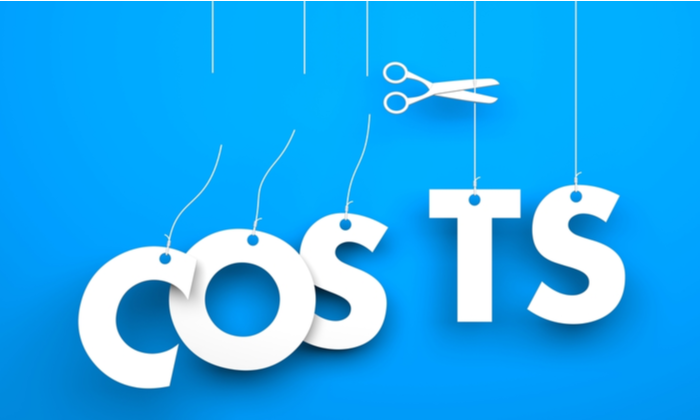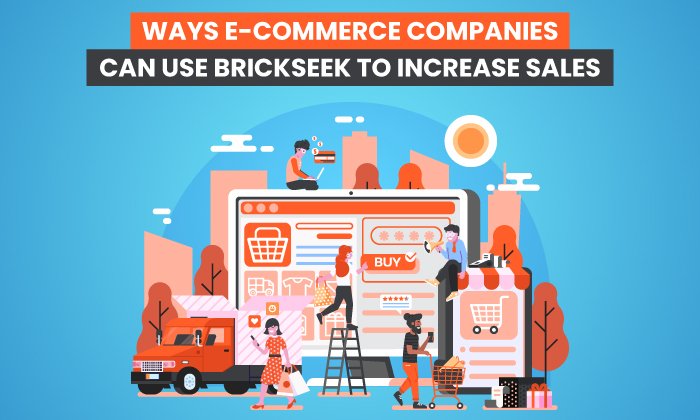The 11 Best Dropshipping Tools

By Neil Patel
Dropshipping is a popular method for building an e-commerce empire. The challenge is, there are tons of people out there trying to do the same thing. So, how do you get a competitive edge? By using dropshipping tools to get the most out of your dropshipping business.
This post covers the basics of dropshipping and the 11 best dropshipping tools to maximize this fulfillment method’s benefits while minimizing the drawbacks.
What is Dropshipping?
Dropshipping is a fulfillment method that allows e-commerce stores to sell products without storing or maintaining stock.
Using the dropshipping model, your store markets a third-party’s (a wholesaler or manufacturer) products. When someone places an order from your site, you buy the product from a third-party, who then sends the product directly to your customer.
You don’t have to worry about logistics, and the difference between the price you sell at and the price you buy at is your profit.
This model is popular (in fact, 23% of online sales are fulfilled through dropshipping) because it allows e-commerce businesses to focus on what they do best, marketing and selling products without worrying about logistic issues.
What are the Benefits of Dropshipping?
One of the major benefits of dropshipping is starting an e-commerce store with low start-up costs. You can create the framework for a great online store with relatively little investment.
The issue is, you’ve still got to invest in and warehouse stock — unless you use dropshipping.
Dropshipping limits startup costs while allowing e-commerce stores to offer a wide range of items to customers.
By working with a third party, you can quickly set up your online store and tap into a wide selection of high-quality products from suppliers around the world.
The benefits of this are:
- Low overhead costs: No need to pay for stock, warehousing, or employees to fulfill orders
- A wider selection of products: Choose from an endless list of suppliers.
- Expanded shipping capabilities: You’re working with businesses with years of experience shipping items around the world.
- Easy to scale: You don’t have to worry about stock. No matter how many orders you have coming in, you’re always able to fulfill them.
- Focus on your strengths: Concentrate on where your competitive advantage is – making sales.
- Location independence: Your stock doesn’t tie you down because you don’t own any.
These benefits sound pretty great, right?
As you might expect, there are also some drawbacks to dropshipping. The most apparent negative to dropshipping is lower profit margins. Companies that buy in bulk can save money, but buying one item at a time can be more costly.
Although you’re in control of your pricing (you can lower and raise prices as you like), you’ll have to keep your prices in line with your competition. And, because there are few barriers to starting an e-commerce business with a dropshipping model, there’s lots of competition out there.
Here are some challenges to consider with dropshipping:
- Customization and branding: You’re selling someone else’s products, so it …read more
Source:: Kiss Metrics Blog









